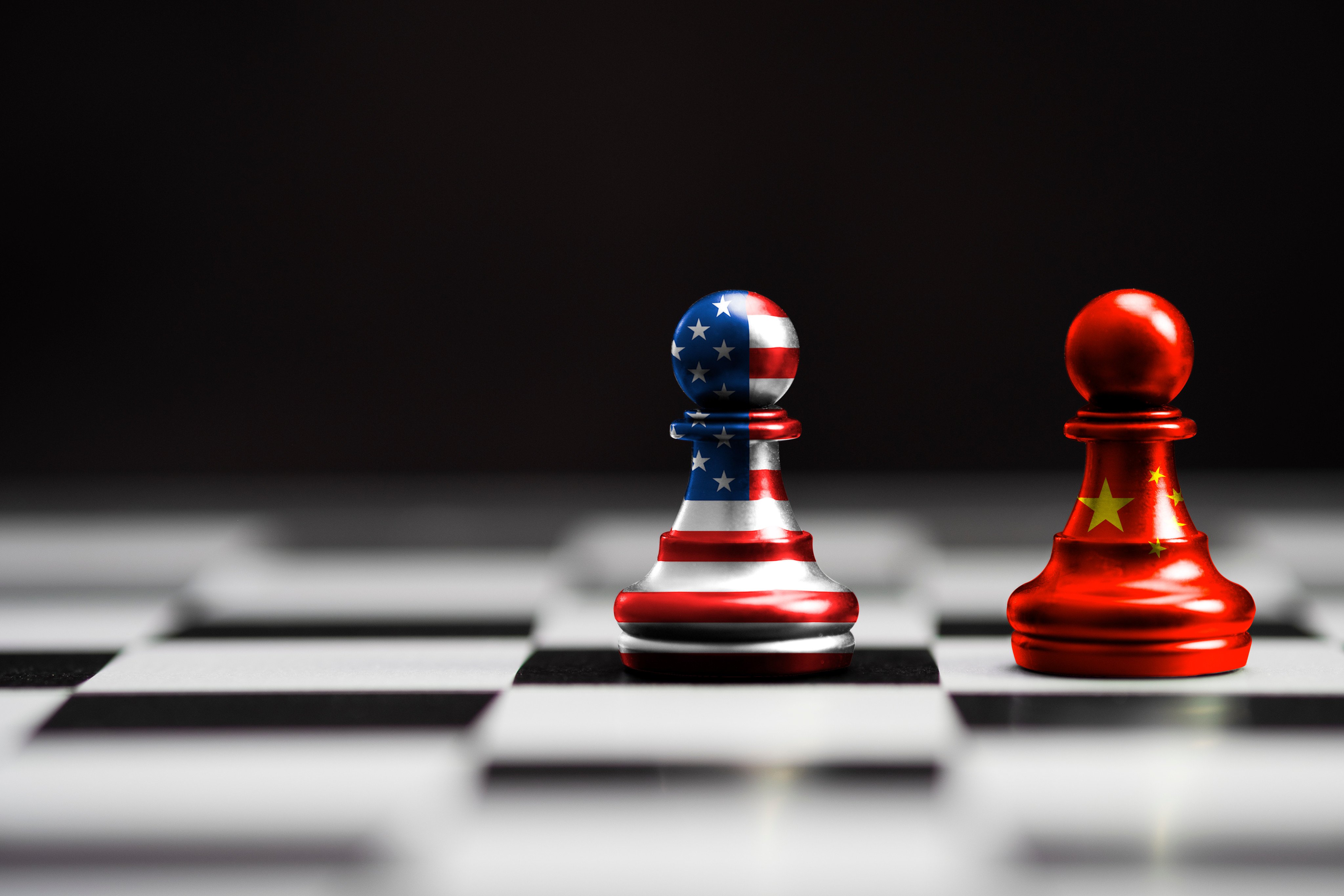US-China trade talks signal shift that could reshape global order: analysts
Future negotiations could take place against a more fragmented backdrop, as the superpowers vie for influence over third countries

As the dust settles on the latest round of US-China trade talks in Stockholm this week, the world’s two biggest economies may be shifting towards “indirect forms of negotiation” by strengthening partnerships with third countries that could reshape the global economic order, analysts said.
The talks concluded on Tuesday with Beijing announcing that both sides had agreed to extend their “tariff truce” by another 90 days. On Wednesday, US President Donald Trump said the two countries had reached a “fair” deal on trade, without providing further details. No breakthroughs were announced on specific issues.
“I think confirmation of another 90-day extension is probably the best we can hope for at this point,” said Nick Marro, principal economist for Asia and lead for global trade at the Economist Intelligence Unit.
“The fact that we haven’t seen any more substantive announcements after two days of negotiations suggests that the talks may have been a little bit difficult.”
Analysts agreed that future US–China negotiations would likely go beyond bilateral tariff levels, as both sides seek to win over other trading partners to align with their interests.
Matteo Giovannini, a senior finance manager at the Industrial and Commercial Bank of China, said the outcome of the latest talks “underscores” how Beijing and Washington were “recalibrating” their strategies.
“While the temporary tariff freeze signals a willingness to keep dialogue alive, neither side wants to be seen as making unilateral concessions. As a result, we are likely to see more indirect forms of negotiation,” said Giovannini, who is also a non-resident associate fellow at the Centre for China and Globalisation think tank in Beijing.
He added that future trade talks would revolve around “shaping a new status quo for the global economic order”.
James Downes, head of the politics and public administration programme at Hong Kong Metropolitan University, said both countries were “increasingly supplementing” direct talks with efforts to strengthen “economic and strategic ties” with third countries and regional blocs.
Washington has already reached trade agreements with several major partners, including Britain, Vietnam, Indonesia, the Philippines, Japan, the EU, Pakistan and South Korea – ahead of a Friday deadline to finalise deals with countries other than China.
The US has also announced it will impose a 25 per cent tariff on Indian goods, along with an additional “penalty” import tax, despite Trump calling the country a “friend”.
For its part, China is expanding trade ties with Latin America, Africa and the Association of Southeast Asian Nations (Asean) by leveraging its Belt and Road Initiative.
Unhandled type: inline-plus-widget {“type”:”inline-plus-widget”}
Meanwhile, the US is seeking to reduce its reliance on China by de-risking supply chains through partnerships with traditional allies like the Group of Seven (G7), the European Union and Indo-Pacific countries.
“By expanding their networks of trade allies and fostering new spheres of influence, both sides can strengthen their negotiating positions without being forced into zero-sum compromises at the bilateral table,” Giovannini said.
The evolving strategies signal a broader reordering of the trade landscape, according to Downes.
“Despite ongoing direct US-China talks, both sides are increasingly leveraging global alliances to build influence and shape a new, multipolar world order,” he said.
“These dual approaches are shaping a new, more fragmented global order where influence and alignments with either power will impact future negotiations.”
However, Marro warned that Washington’s “hawkish” trade policy – including efforts to block Chinese goods from entering the US market via third countries – was creating a “fortress America” and would “persist for quite some time”.
“For China, we’re likely to see [it] continue to reach out to its own trade partners to find alternative markets and offset the potential loss of US demands,” he added.
The Stockholm talks, led by US Secretary of the Treasury Scott Bessent and Chinese Vice-Premier He Lifeng, marked the third meeting between the delegations since both countries raised tariffs on each other’s goods to triple-digit rates in April.